ISSN ONLINE(2319-8753)PRINT(2347-6710)
ISSN ONLINE(2319-8753)PRINT(2347-6710)
M.Baby1, R.Pari2
|
| Related article at Pubmed, Scholar Google |
Visit for more related articles at International Journal of Innovative Research in Science, Engineering and Technology
The modern wind turbines are based on doubly fed induction generators (DFIG) with a rotor side converter (RSC) and grid side converter (GSC) connecting the rotor winding to the grid. Misfire and fire-through are the commonly occurred faults in the rotor side converter (RSC) and grid side converter (GSC). The superconducting magnetic energy storage (SMES) unit is used to supply power to the system during Misfire and fire-through faults in order to maintain its dynamic performance. Simulation results without and with SMES connected to the system are presented, compared, and analyzed
Keywords |
| Doubly fed induction generators (DFIG), misfire, fire-through, superconducting magnetic energy storage (SMES). |
INTRODUCTION |
| The first generation of wind energy conversion systems (WECS) was the direct connected WECS type. This technology uses a fixed speed turbine to generate power. It dominated renewable energy installations worldwide, comprising up to 70% of all installations in 1995 [13]. This technology remained popular until the electronic power revolution that updated the WECS so that they could maximize wind energy capture. This technology is called variable speed WECS, and it can optimally capture wind energy 5% more than the fixed speed WECS option. Furthermore, the variable speed WECS can reduce the impact of transient wind gusts and subsequent fatigue unlike the fixed speed turbines [14]. |
| Variable speed WECS, such as doubly fed induction generator (DFIG) was introduced to overcome the weakness of the fixed speed type in capturing maximum wind energy and to contribute reactive power to the grid when required [3]. Compared to full scale variable speed WECS, DFIG is very sensitive to grid faults [8]; although the DFIGs are usually connected far away from the grid. This condition will force the DFIG to be disconnected from the system. If the DFIG contributes to a large portion of power to the grid, then the financial loss of a disconnection would be uncountable. A misfire and fire-through that takes place within both the grid-side converter (GSC) and the rotor-side converter (RSC) of the DFIG is included in this proposed system. |
| Misfire is the failure of the converter switch to take over conduction at the programmed conducting period while fire-through is the failure of the converter switch to block during a scheduled non-conducting period. These internal faults are caused by various malfunctions in the control and firing equipment [7]. |
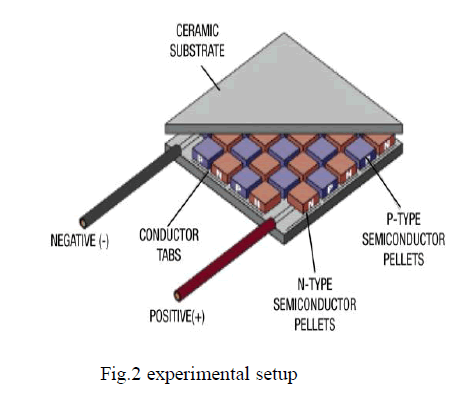 |
| An industrial survey shows that converter faults due to malfunctions within the control circuit represent about 53.1% while about 37.9% of the converter faults are due to converter power parts [9]. The use of an insulated-gate bipolar transistor (IGBT) in both DFIGs’ converters is preferred due to its advantage which includes high switching frequency in a typical range of 2–20 kHz compared with the counterpart gate-turnoff transistor switching frequency which does not exceed 1.0 kHz [2]. The impact of these switching faults on the performance of DFIG with and without SMES will be investigated and discussed. |
SMES UNIT AND ITS CONTROL SYSTEM |
| Superconducting Magnetic Energy Storage system stores energy in the magnetic field created by the flow of direct current in a superconducting coil which has been cryogenically cooled to a temperature below its superconducting critical temperature. SMES loses the least amount of electricity in the energy storage process compared to other methods of storing energy. SMES systems are highly efficient; the round-trip efficiency is greater than 95%. Due to the energy requirements of refrigeration and the high cost of superconducting wire, SMES is currently used for short duration energy storage. Therefore, SMES is most commonly devoted to improving power quality. Misfire and Fire-Through are the fault which occur in both Rotor side Converter and Grid side Converter. During these faults, SMES supplies power to the grid to improve its performance. |
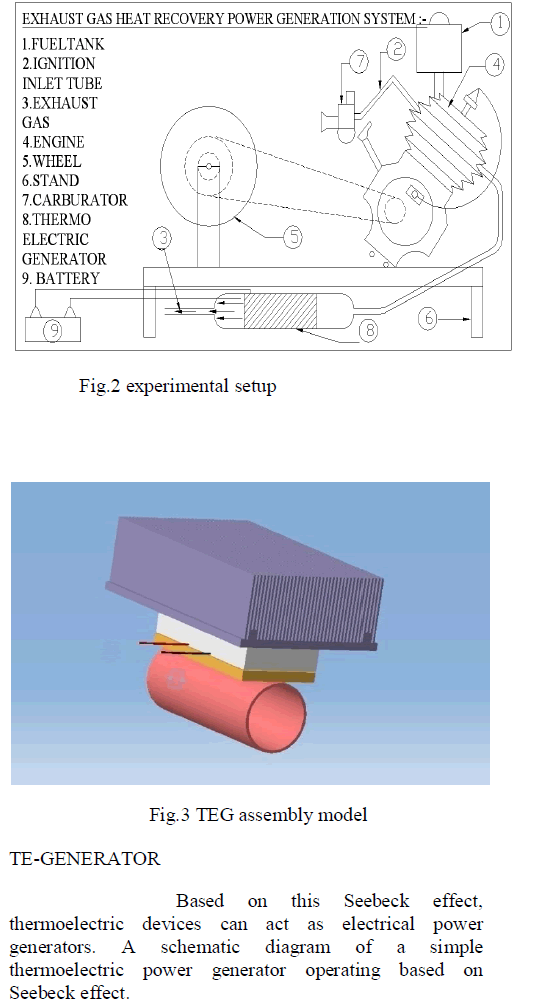 |
| HCC approach is used because of its simplicity, insensitivity to load variation, fast dynamic response, and inherent maximum current limiting characteristic [11]. The basic implementation of HCC is based on deriving the converter switching signals from the comparison of the actual phase current with a fixed tolerance band around the reference current associated with that phase. However, this type of band control is not only depending on the corresponding phase voltage but is also affected by the voltage of the other two phases [2]. The effect of interference between phases can lead to high switching frequencies. To maintain the advantages of the hysteresis method, this phase dependence can be minimized by using phase-locked loop (PLL) technique to maintain the converter switching at a fixed predetermined frequency level. The proposed SMES with an auxiliary PLL controller is shown in Figure 3. |
| HCC is comparing the three-phase line currents (Iabc) with the reference currents (I∗abc) which is dictated by I∗d and I∗q . The values of I∗d and I∗q are generated through conventional PID controllers based on the error value of Vdc and Vs. The values of I∗d and I∗q are converted through Park’s transformation (dq0 − abc) to produce the reference current (I∗abc). To control the power transfer between the SMES coil and the DFIG system, a dc–dc chopper is used, and a fuzzy logic model is developed to control its duty cycle (D) as shown in Figure 4. |
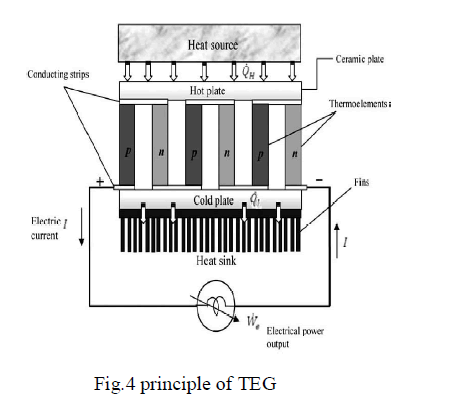 |
| The real powers generated by the DFIG and the SMES coil current are considered as input variables to the fuzzy logic model. The duty cycle determines the direction and magnitude of power exchange between SMES coil and the ac system as presented in Table I. Under normal operating conditions, D is equal to 0.5, and there is no power exchange between the SMES coil and the system. In this condition, a bypass switch that is installed across the SMES coil as shown in Figure 1 isolates the coil to avoid the draining process of SMES energy during normal operating conditions. The bypass switch is controlled in such a way that it will be closed if D is equal to 0.5; otherwise, it will be opened to allow power exchange between the coil and the system. |
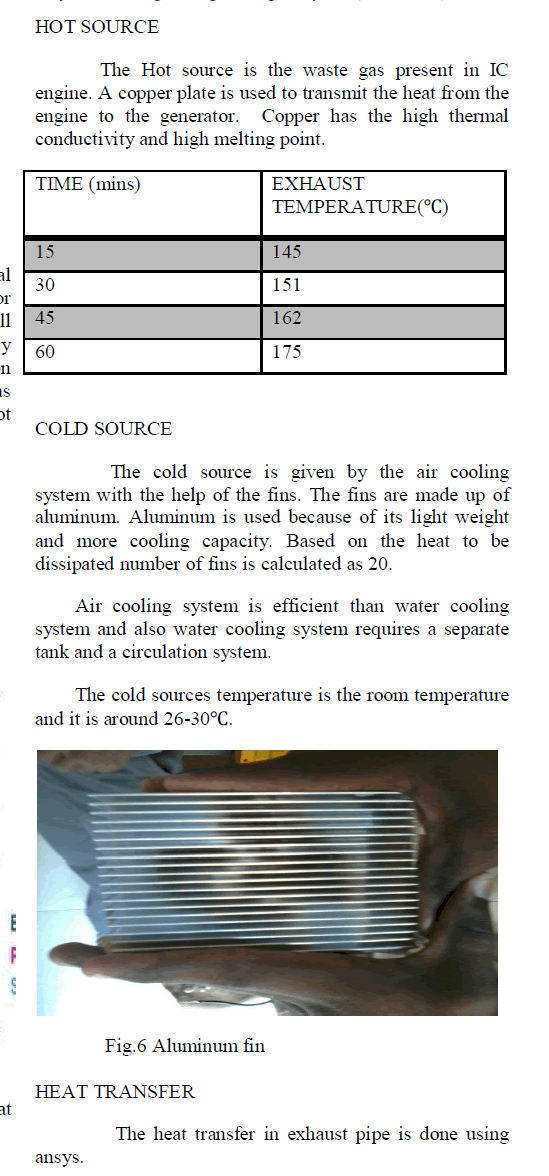 |
| When the grid power is reduced, D will be reduced according to the developed fuzzy logic rules to be in the range of 0–0.5, and the stored energy in the SMES coil will be transferred to the ac system. The charging process of the SMES coil takes place when D is in the range of 0.5–1. The relation between the average voltage across the SMES coil VSMES and the average voltage across the dc-link capacitor of the SMES configuration VDC, SMES. |
| The MFs for the input variables, the generated active power (P) and the current through the SMES coil (ISMES) are shown in Figure 5(a) and (b), respectively. The MFs for the output variable, duty cycle (D) are considered on the scale from 0 to 1 as shown in Figure 5(c). |
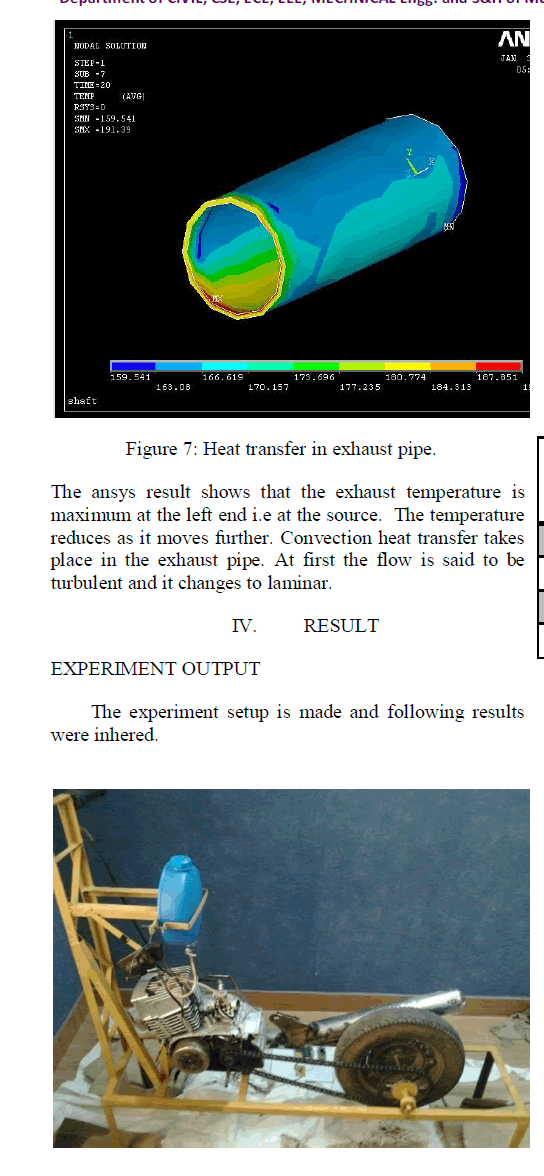 |
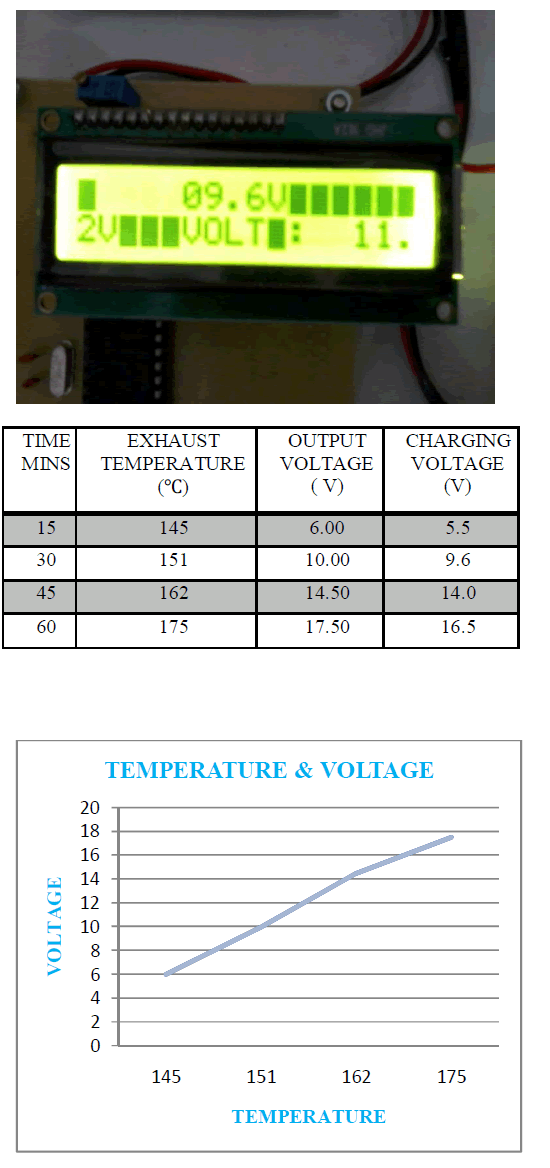 |
| The variation range in SMES current and DFIG output power, along with the corresponding duty cycle, is used to develop a set of fuzzy logic rules in the form of (IF-ANDTHEN) statements to relate the input variables to the output. The duty cycle for any set of input variables (P and ISMES) can be evaluated using the surface graph shown in Figure 6. |
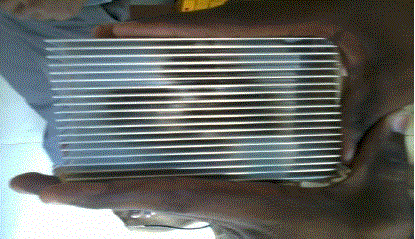 |
| The first SMES unit rated 30 MJ with a rated coil current of 5 kA was installed in the Bonneville Power substation. The SMES unit capacity depends on the application and charging/discharging duration. Very high energy rating has excellent performance on damping undesired system oscillations. If the energy rating is too low, the power modulation of the SMES unit will be limited during disturbance events, and it will not be very effective in controlling system oscillations. There is no general rule for SMES unit sizing as it depends on its application and system rating. A SMES capacity of about 15% of the generator rated power was found to be sufficient to stabilize a few cycles of power interruption for the systems. |
SIMULATION RESULTS |
| Intermittent misfire and fire-through are simulated within the GSC and RSC of the DFIG-based WECS shown in Figure 1. In all studied cases, the fault is assumed to occur on switch S1 at t = 0.3 s and cleared at t = 0.37 s. |
| A. Misfire Fault |
| When a misfire is applied to the RSC and GSC, the DFIG generated voltage, current, active power (P), and reactive power are not significantly impacted; this is attributed to the fact that GSC has no direct connection with the DFIG, and hence, its influence on the dynamic performance of DFIG is trivial. This is evidenced by the slight oscillations introduced during the fault period as shown in Figure 7. The simulation result for the effect of machine side voltage and current during misfire fault without SMES unit and with SMES unit is shown in figure 7 and 8 respectively. |
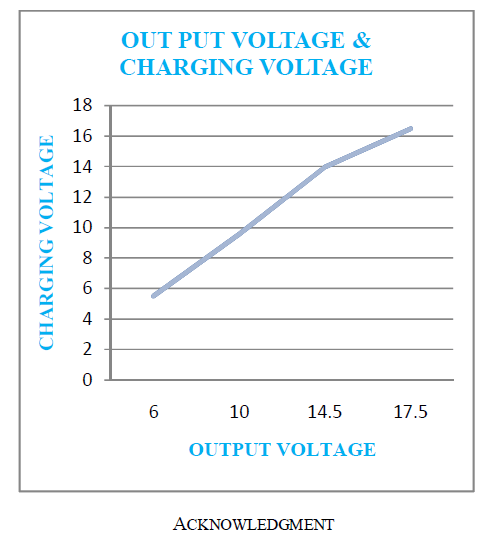 |
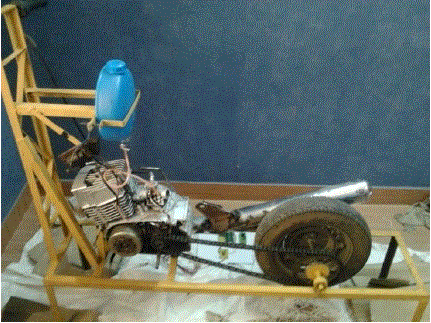 |
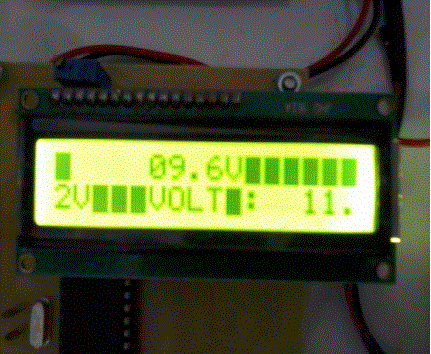 |
| B. Fire-through Fault |
| When fire-through is applied to the RSC and GSC, the DFIG generated voltage, current, active power (P), and reactive power are not significantly impacted; this is attributed to the fact that GSC has no direct connection with the DFIG, and hence, its influence on the dynamic performance of DFIG is trivial. This is evidenced by the slight oscillations introduced during failure of the converter switch to block during a scheduled non-conducting period as shown in Figure 13. The simulation result for the effect of grid side voltage and current without SMES unit and with SMES unit is shown in figure 15 and 16 respectively. |
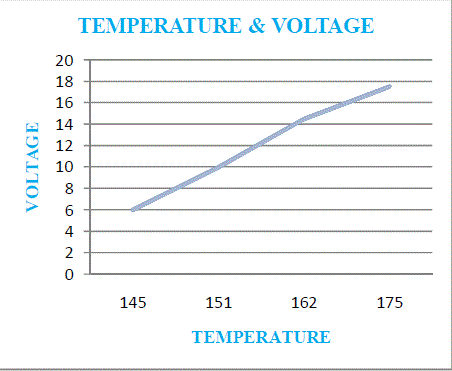 |
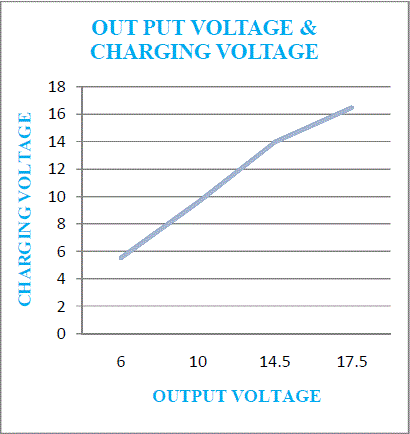 |
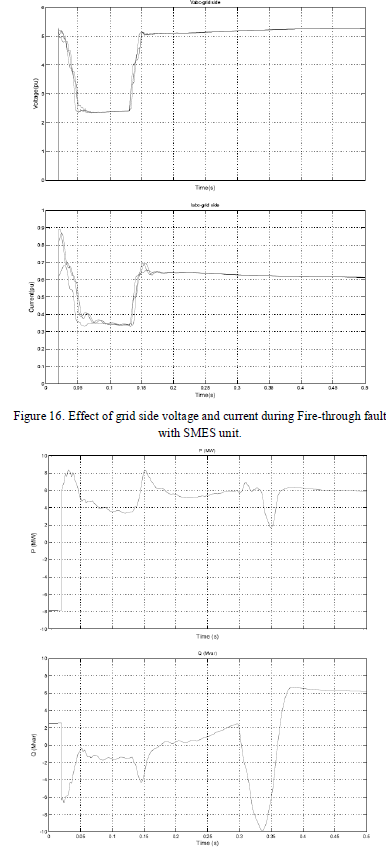 |
| Figure 17. Effect of Active and Reactive power during Fire-through fault without SMES unit. |
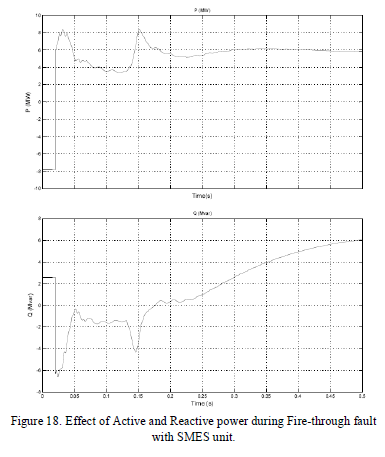 |
| The effect of Active and Reactive power without SMES unit and with SMES unit is shown in figure 17 and 18 respectively. |
CONCLUSION |
| This paper investigates the detrimental impacts of misfire and fire-through faults within the GSC and RSC of DFIG-based WECS on the dynamic performance of the system. A proposed SMES controller based on HCC along with PID controller and fuzzy logic to overcome these detrimental impacts is introduced. The main conclusions can be summarized as: The proposed hysteresis-currentand fuzzy-logic-based controller which is relatively simple and easy to implement can improve the power dispatch of DFIG during converter internal faults. While simulation study shows that misfire has less detrimental impact on the DFIG dynamic performance, fire-through has a severe influence on the WECS dynamic behavior and will lead to the disconnection of the wind turbine and converters to avoid any damages, particularly when fire-through takes place within the converter. The SMES unit is still a costly piece of equipment; however, due to the development of high-temperature superconducting materials, its applications in power systems are expected to become more viable in the near future due to its superior advantages over other FACTS devices. |
References |
|